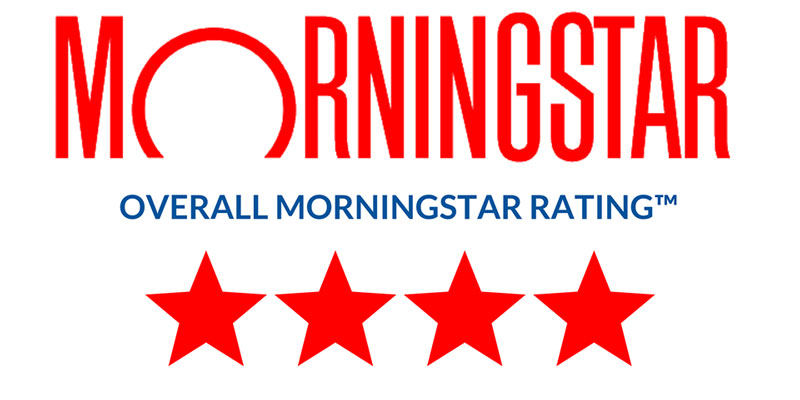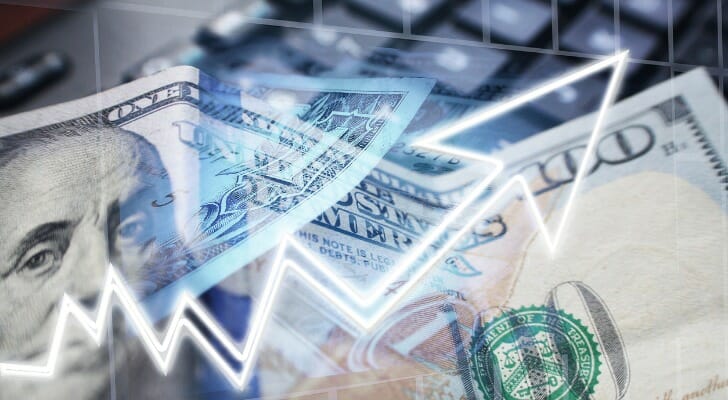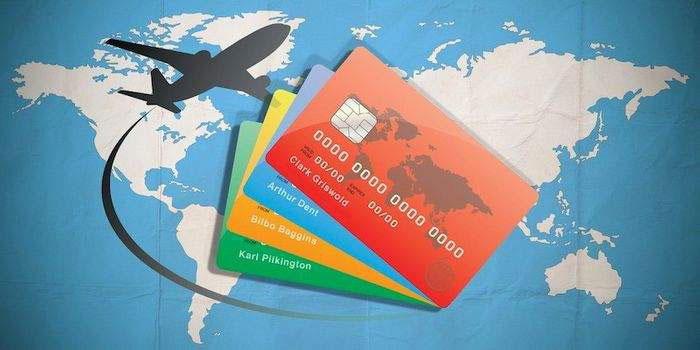
Morningstar risk rating is a ranking assigned to mutual funds that are publicly traded as well as ETFs that trade on exchanges through the firm of investment analysis Morningstar. Risk is evaluated using five levels to assist investors in identifying the right funds for their portfolios. Funds are rated from 1 to 5, with 1 going to the lowest performing and 5 given to the top performers. The rankings depend on the variation in the monthly returns of a fund, with particular attention paid to downside fluctuations compared to other funds.
How the Morningstar Risk Rating Works
The risk of a particular fund is determined by calculating a risk-based cost for every fund using what is known as the "expected utility theory." This argues that investors are more likely to be more concerned about the likelihood of a negative result than they anticipate positive outcomes. It also suggests that investors will trade a small portion of the anticipated return from investment to have enough confidence.
For instance, if the fund is expected to earn 12 percent per year, the investors would likely receive 12 percent. Based on the past differences, investors may get returns ranging from 6 and 17 percent. A rate of more than 12% would be the ideal situation for an investor; however, investors are likely to feel nervous since there is a chance of earning less than 12%.
If the chance is there that an investor could earn an unassailable but lower return of 8 percent (for instance), the investor will opt for that possibility. Investors won't be willing to forgo a significant portion of anticipated returns to gain greater security. Therefore, they are more interested in smaller choices like the fund that will yield 12%, with previous variations suggesting between 10% and 14 percent returns.
This is the base upon which Morningstar in making risk adjustments. Based on a fund's fluctuation in its monthly returns when it is rated, and with the focus on downward variation, Risk penalties are subtracted from the overall return for each fund.
A greater variation could cause a greater penalty. If two funds yield similar returns, the fund with the greater variance will be rewarded with an increased risk penalty. The sorting of funds is done according to the return (after adjustments to account for risk) and also categories.
Other Risk Rating Providers
Morningstar isn't the only one to create risk ratings. Other rating providers comprise Thomson Reuters Lipper, Standard and Poor's, and TheStreet. Finance and business-related publications like Forbes and U.S. News & World Report also rank and evaluate funds and other asset classes to their readers. In many instances, they base much of their research on the ratings of Morningstar and other publications.

Criticism of Morningstar Risk Ratings
Although Morningstar ratings are essential to guide investors towards quality investing decisions, they are not invincible to criticism. Certain financial analysts have criticized the Morningstar ratings because they evaluate funds against other funds, apart from the wider market; therefore, a fund's rating could reflect its fit for the specific market rather than its overall viability and capacity.
For instance, when prices rise in an uptrend, funds that have historically secured stocks of companies such as AT&T tend to be successful. In contrast, when prices are declining amid a bear market, funds with speculative stocks from companies like Tesla Motors and Charles Schwab generally perform better. This is why some investors favor ratings that keep market conditions in mind, like the ratings from Forbes.
Example
To understand the way Morningstar gives its risk ratings, look at the IShares Nasdaq Biotechnology ETF (IBB) data. The exchange-traded fund has been classified as offering investors an above-average risk score of three-star on a 3- five-, 10-year, and three-year basis, using a weighted average of performance data. In the last decade, this fund produced an annualized total return of 15.38 percent, contrasted with 11.59 percent in its standard S&P 500 index.

Morningstar Rating Periods
Rating is only completed for funds with more than 3 years of performance history. It will not be assessed if a fund is less than three months. A fund with just three months of history of financial performance can be given an overall score similar to the three-year star ratings.
When analyzing the fund with 5 years' worth of performance, 60 percent of the overall score and 40 percent of its three-year rating will be counted for their overall ratings. In the end, when considering an investment with over 10 years' performance history, 50% of the 10-year ratings, 30 percent of the 5-year ratings, and 20 percent of its three-year rating will count towards the overall rating.



